History of Somnath Temple
Somnath Temple is a Hindu temple located in Prabhas Patan, Veraval in Gujarat. It is one of the most sacred pilgrimage sites for Hindus and is believed to be the first among the twelve Jyotirlinga shrines of Shiva. The temple was reconstructed several times in the past after repeated destruction by multiple Muslim invaders and rulers. Historians and archaeologists actively studied the Somnath temple in the 19th- and early 20th-century, when its ruins illustrated a historic Hindu temple in the process of being converted into an Islamic mosque. After India's independence, those ruins were demolished, and the present Somnath temple was reconstructed.
In 1026, Mahmud Ghazni attacked India sixteen times. In every attack, he desecrated the Somnath Temple and looted precious jewels. He had not attacked the temple to loot the wealth but to destroy the idolatry practices which are against Islam. He had not only desecrated the Somanath Temple but several others also. I. H. Qureshi et al. mentioned in the book, namely 'A Short History of Pakistan' (p.246-247) that in 1025 Mahmud raided Gujarat, plundering the Somnath temple and breaking its jyotirlinga. He took away booty of 2 million dinars.
It has also been reported that after looting the temple, Mahmud Ghazni slaughtered innumerable pilgrims of the temple. He also burned down the temple. However, the Hindus, again and again, built the temple and kept following idolatry practices. The temple was once again destroyed when Delhi Sultanate occupied Gujarat in 1299. In 1394 it was destroyed again. In 1706, Mughal ruler Aurangzeb again demolished the Somnath temple. Till the 19th century, the Somnath Temple experienced several attacks, but Hindus reconstructed it frequently. Finally, its last consecration was done by India's first President, Dr Rajendra Pradsad, on May 11 1951.
Somnath Temple was partly converted into a mosque
The earliest survey reports of the Somnath temple and the condition of the Somanatha-Patan-Veraval town in the 19th-century were published between 1830 and 1850 by British officers and scholars. Alexander Burnes surveyed the site in 1830. He stated in his report that the site shows how the temple had been changed into a Muslim structure with an arch; these sections had been reconstructed with "mutilated pieces of the temple's exterior" and "inverted Hindu images". Such modifications in the dilapidated Somnath temple to make it into a "Mohammedan sanctuary" is "proof of Mohammedan devastation" of this site, he wrote. Burnes also summarized some of the mythologies he heard, the bitter communal sentiments and accusations, as well as the statements by garrisoned "Arabs of the Junagar [Junagarh] chief" about their victories in this "infidel land". [1]
A more detailed survey report of Somnath temple ruins was published in 1931 by Henry Cousens. He wrote, "Little now remains of the walls of the temple; they have been, in great measure, rebuilt and patched with rubble to convert the building into a mosque. The great dome, indeed the whole roof and the stumpy minars, one of which remains above the front entrance, are portions of the Muhammadan additions." [2]
M K Gandhi denied the utilization of Government funds to reconstruct the Somnath Temple
When India gained independence, India's first Deputy Prime Minister, Sardar Vallabhbhai Patel, proposed the renovation of Somnath Temple. Once again, the thought of renovating the Somnath temple emerged because it was in desecrated condition. After digesting several attacks, local Hindus somehow re-established the Shivlinga only. On November 13, 1947, when Sardar Vallabhbhai Patel wrote a letter to Gandhi regarding the renovation of the temple, Gandhi appreciated the proposal but had put the condition that money should not be spent on the renovation of the Somnath Temple from the Government's treasury. Then Vallabhbhai Patel himself took up the task of rebuilding the Somnath Temple. [3]
According to KM Munshi, India's first Prime Minister, Jawaharlal Nehru, was also against the renovation of the Somnath Temple. Nehru called President Dr Rajendra Prasad to express his displeasure on the proposal placed by Vallabhbhai Patel. Moreover, Nehru had stopped President Dr Rajdra Prasad from attending the consecration of Somnath Temple. Nehru thought that consecration of a Hindu temple by Indian President will harm the secular structure of the country. However, President Dr Rajendra Prasad ignored then PM Nehru's suggestion and consecrated the newly built present Somnath Temple on 11 May 1951. [4]
Dr Rajendra Prasad -
"The Somnath temple signifies that the power of reconstruction is always greater than the power of destruction." [4]
1. Burnes, Alexander (1839). "Account of the Remains of the Celebrated Temple at Pattan Somnath, Sacked by Mahmúd of Ghizni, AD 1024", Cambridge University Press, p 104-107.
2. Cousens, Henry (1931), Somnatha and Other Mediaeval Temples in Kathiawad, India: Archaeological Survey of India, Vol XLV, Imperial Press.
3. Marie Cruz Gabriel, Rediscovery of India, A silence in the city and other stories, Orient Blackswan publication, 1996.
4. Kanaiyalal Maneklal Munshi, Indian constitutional documents, Published by Bharatiya Vidya Bhavan, 1967.

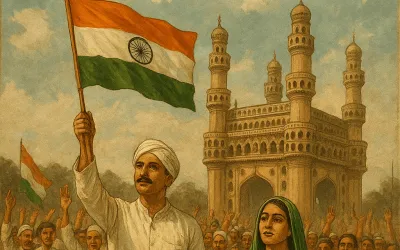

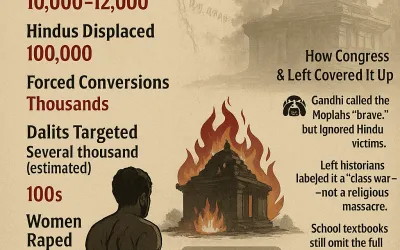
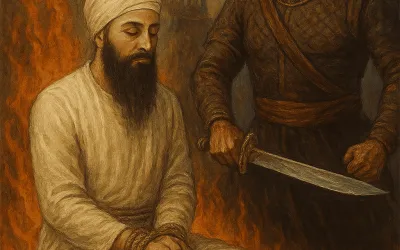

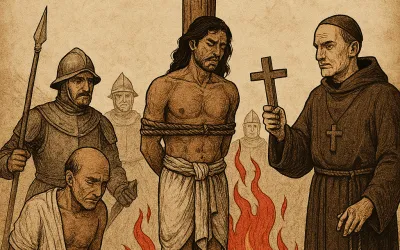


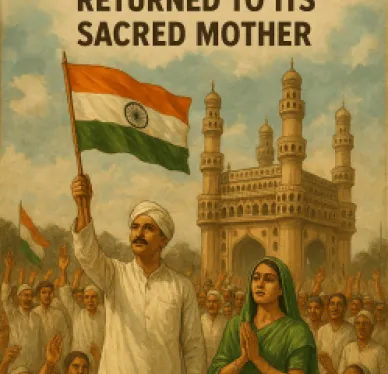

Comments
Add new comment